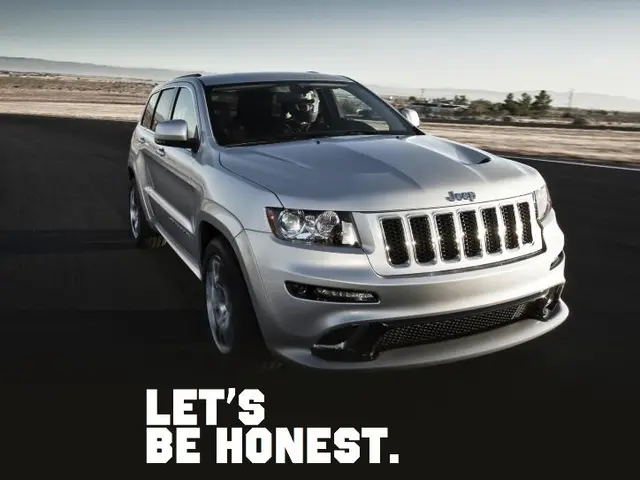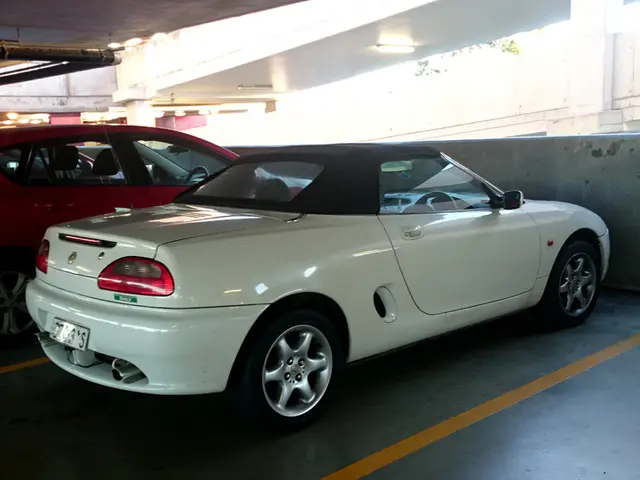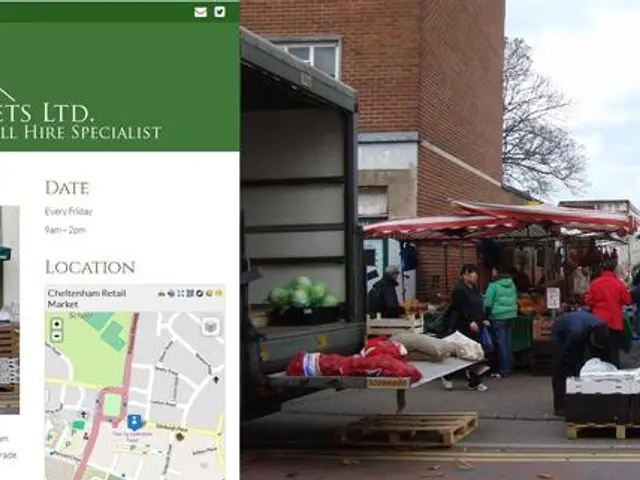Dipping into the Mystery: That Quirky "W" on Your License Plate
Adjustable license plate on vehicles: Its purpose and functionality explained. - Change Indicator on Vehicle License Plates: Understanding the Significance of W Symbol
By Christian Hensen, + - 2 Min
Navigating Germany's diverse license plates can get a bit confusing sometimes...from the standard red, green, or black plates to the more intriguing ones adorned with fancy letters. One such perplexing license plate and its peculiar 'W' symbol sparked curiosity among car enthusiasts on Reddit—leading them to wonder, what on earth does this mean?
Upon investigation, the resolution to this curious conundrum was revealed: The license plate bearing this symbol represented a 'swap' plate. These unique plates crop up on vehicles when two vehicles owned by the same individual share the exact same registration number. This rare scenario may not be common, but it can serve a purpose in certain situations, as we shall delve deeper into.
Swap Plate Rules: A Closer Look
Vehicles involved in this 'swap' scenario must fall within the same vehicle class, such as cars, motorcycles, or trailers, and must not be mixed, for example, a motorcycle and a car combo is a no-go. Moreover, you can't operate both vehicles simultaneously on public roads; it's one at a time, buddy!
The swap plate's structure consists of several components: in the front, common parts, you'll find the state emblem, aforementioned 'W', and the registration number ending. The annual MOT (mandatory vehicle inspection) sticker for each vehicle can be found on a short, specific part of the license plate—this part forms the last digit of the registration number. The common part, however, needs to be changed when swapping, while the final part remains attached to the vehicle.
The Behind-the-Scenes Purpose
So, what's the reason for such a peculiar license plate arrangement? Well, there are not too many practical scenarios where one might ponder the shared number plate. Though it can come in handy for folks who own a classic motor vehicle and a daily driver, swapping between the two. Or perhaps for enthusiasts of multiple motorcycles, themselves, who simply like to switch up their ride depending on the planned tour.
Up close: Money Matters, But Not Always Your Friend
Though it may save money to register two vehicles under one shared number (as some insurers offer specific tariffs), it's always important to crunch the numbers and see if it's indeed a cost-effective option. Also, note that there's no reduction in vehicle tax associated with this practice.
Caveats with 'Swap Plate' Convenience
Not only are you not allowed to move both vehicles simultaneously on public roads when sporting a 'swap plate', but you also can't park the temporarily 'deregistered' vehicle in public space without the complete 'swap plate', or else you'll end up paying a fine. You'll have to park the laid-up vehicle on private property to avoid any fines.
A Rarity That Failed to Spark a Revolution
The 'swap plate' has been in German road traffic since 2012, but it's fair to say it hasn't caught on—likely due to its downsides compared to traditional vehicle-specific license plates or seasonal plates.
Additional Insights:
- German vehicle registration law requires unique license plates tied to each vehicle and owner. Sharing or swapping plates between vehicles isn't officially allowed without proper re-registration processes.
- No equivalent number plate retention or swapping system similar to some other countries' practices, like the UK, currently exists in Germany.
- In the United Kingdom, private number plates can be retained and transferred between vehicles under certain conditions, subject to formal processes and documentation with the Driver & Vehicle Licensing Agency (DVLA).
In the peculiar case of vehicles bearing a 'W' symbol on their license plates in Ludwigsburg, Germany, they are known as 'swap plates'. This unique arrangement occurs when two vehicles owned by the same individual share the same registration number, often serving a purpose for individuals owning multiple cars, motorcycles, or a classic vehicle and a daily driver.
This license plate configuration comprises common components, including the state emblem, the 'W', and the registration number ending, and unique parts that need to be changed when swapping. While sharing a registration number may seem to offer financial advantages in some cases, it's essential to consider the costs and potential legal restrictions before making such a decision.







